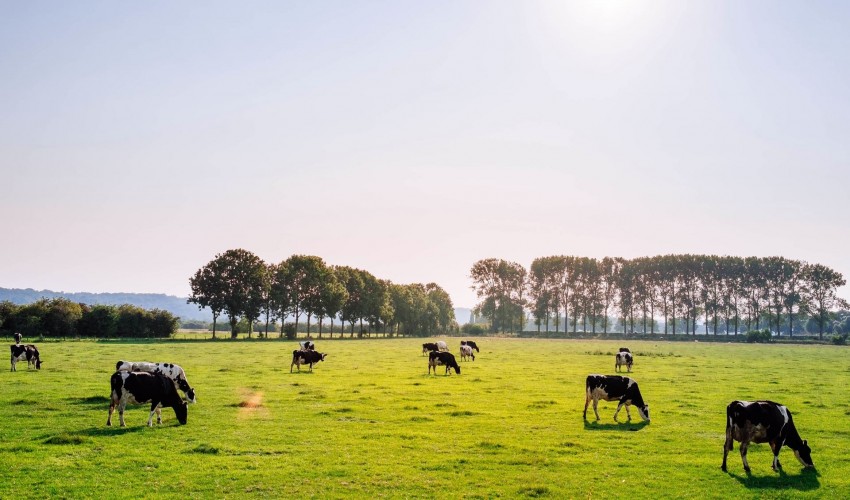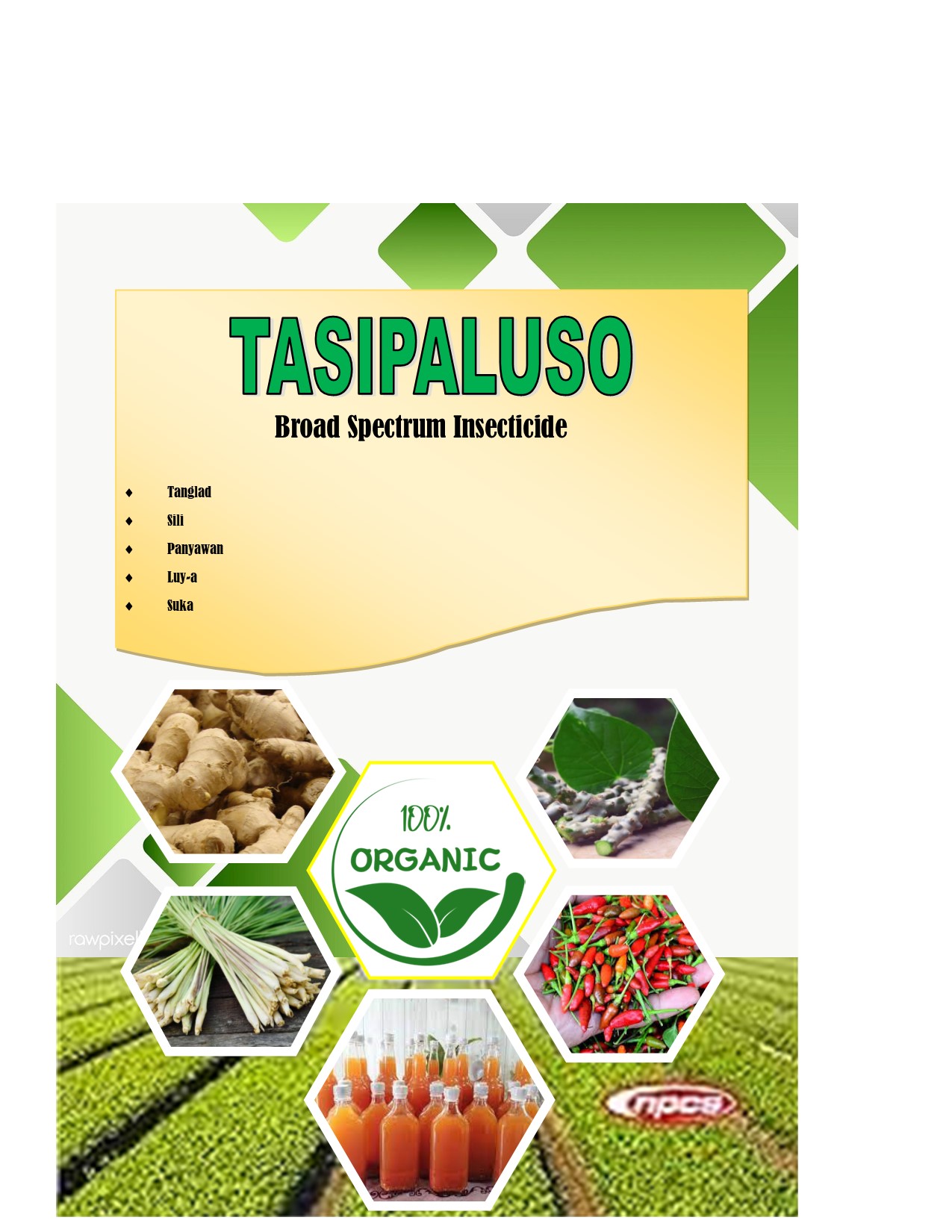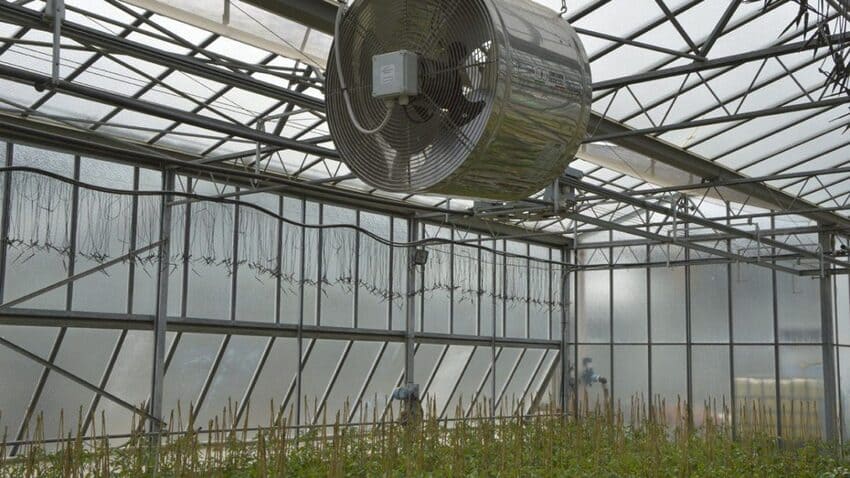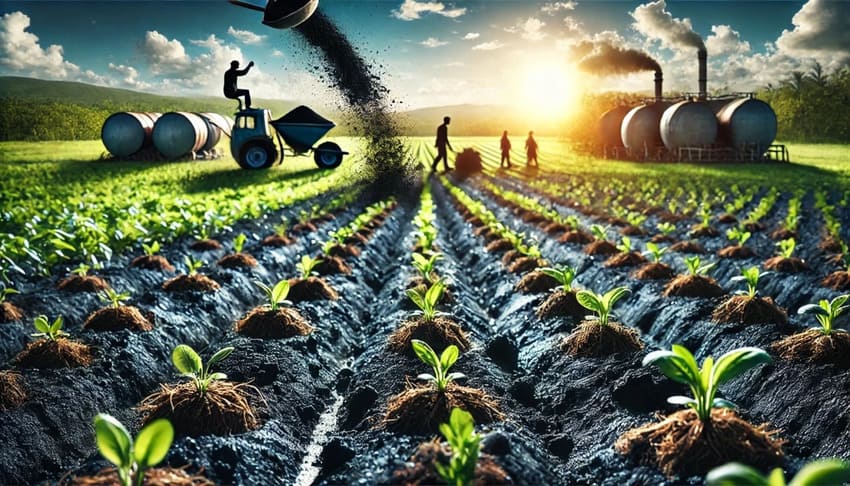
Dairy Science and Technology
A dairy is a business enterprise established for the
harvesting or processing (or both) of animal milk – mostly from cows or
buffaloes, but also from goats, sheep, horses, or camels – for human
consumption. A dairy is typically located on a dedicated dairy farm or in a
section of a multi-purpose farm (mixed farm) that is concerned with the
harvesting of milk.
Terminology differs between countries. For example, in the
United States, an entire dairy farm is commonly called a "dairy". The
building or farm area where milk is harvested from the cow is often called a
"milking parlor" or "parlor". Except in the case of smaller
dairies, where cows are often put on pasture, and usually milked in
"stanchion barns". The farm area where milk is stored in bulk tanks
is known as the farm's "milk house". Milk is then hauled (usually by
truck) to a "dairy plant", also referred to as a "dairy",
where raw milk is further processed and prepared for commercial sale of dairy
products. In New Zealand, farm areas for milk harvesting are also called
"milking parlours", and are historically known as "milking
sheds". s in the United States, sometimes milking sheds are referred to by
their type, such as "herring bone shed" or "pit parlour".
Parlour design has evolved from simple barns or sheds to large rotary
structures in which the workflow (throughput of cows) is very efficiently
handled. In some countries, especially those with small numbers of animals
being milked, the farm may perform the functions of a dairy plant, processing
their own milk into salable dairy products, such as butter, cheese, or yogurt.
This on-site processing is a traditional method of producing specialist milk
products, common in Europe.
As an attributive, the word dairy refers to milk-based products, derivatives and processes, and the animals and workers involved in their production: for example dairy cattle, dairy goat. A dairy farm produces milk and a dairy factory processes it into a variety of dairy products. These establishments constitute the global dairy industry, a component of the food industry.
- Physical Chemistry of Milk
- Milk Production Management & Dairy Development
- Fundamentals of Microbiology
- Market Milk
- Chemistry of Milk
- Traditional Dairy Products
- Biochemistry & Human Nutrition
- Condensed & Dried Milks
- Fat Rich Dairy Products
- Dairy Engineering
- Dairy Extension Education
- Cheese Technology
- Ice‐Cream & Frozen Deserts
- Judging of Dairy Products
- Starter Culture and Fermented Milk Products
- Dairy Process Engineering
- Marketing Management & International Trade
- Dairy Plant Management & Pollution Control
- Dairy Biotechnology
- Quality and Safety monitoring in Dairy Industry
- Instrumentation & Process Control
- Dairy Plant Design and Layout
- Chemical Quality Assurance
- Food Engineering
- Food Chemistry
- Food and Industrial Microbiology
- Packaging of Dairy Products
- Food Technology
- DAIRY STARTER CULTURES
- MICROBIOLOGY OF FOOD-BORNE PATHOGENS
- CHEMISTRY OF MILK PROTEINS
- CHEMISTRY OF MILK PRODUCTS
Recent Published
Submit Manuscript
To give your manuscript the best chance of publication, follow these policies and formatting guidelines.


